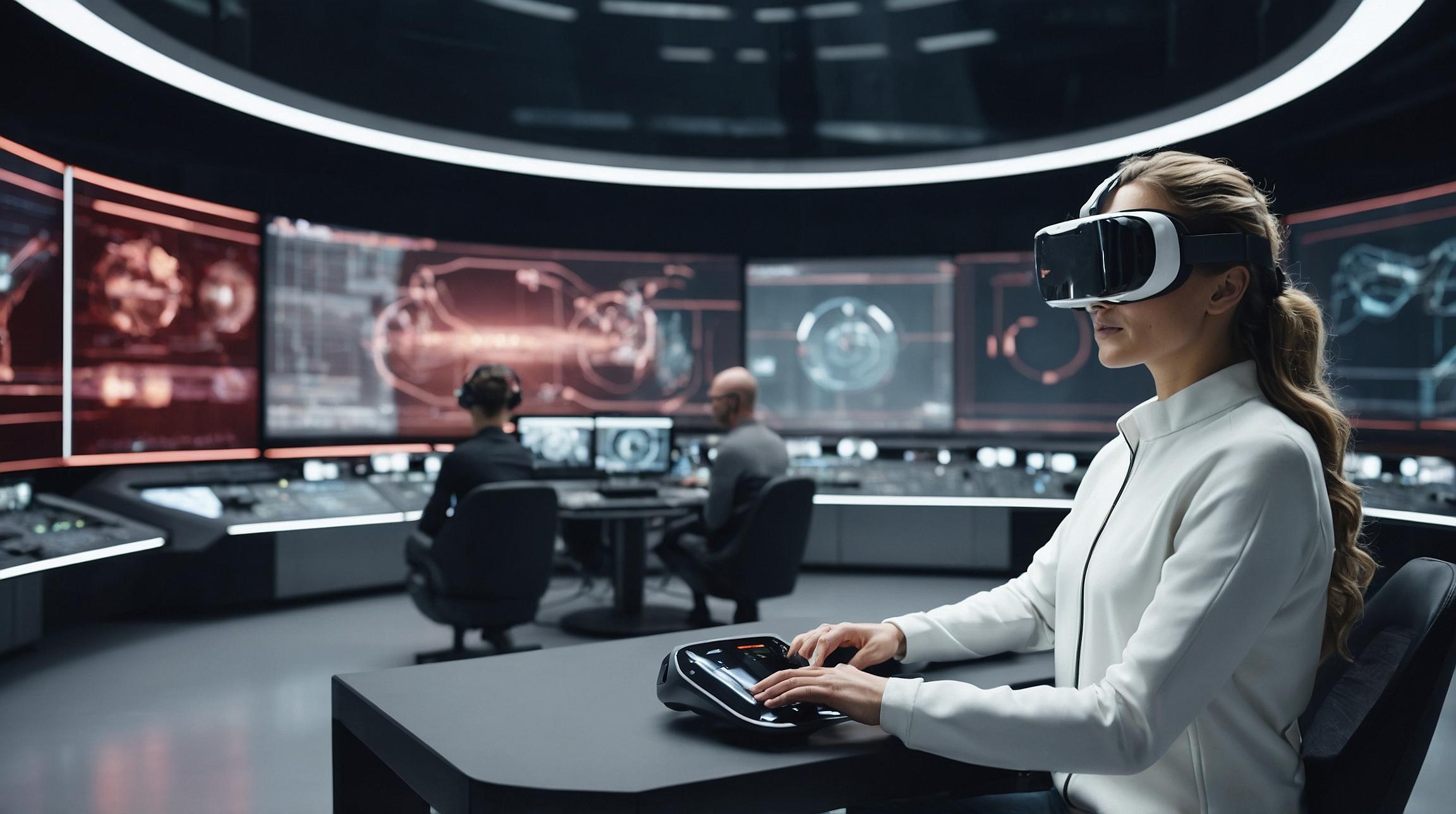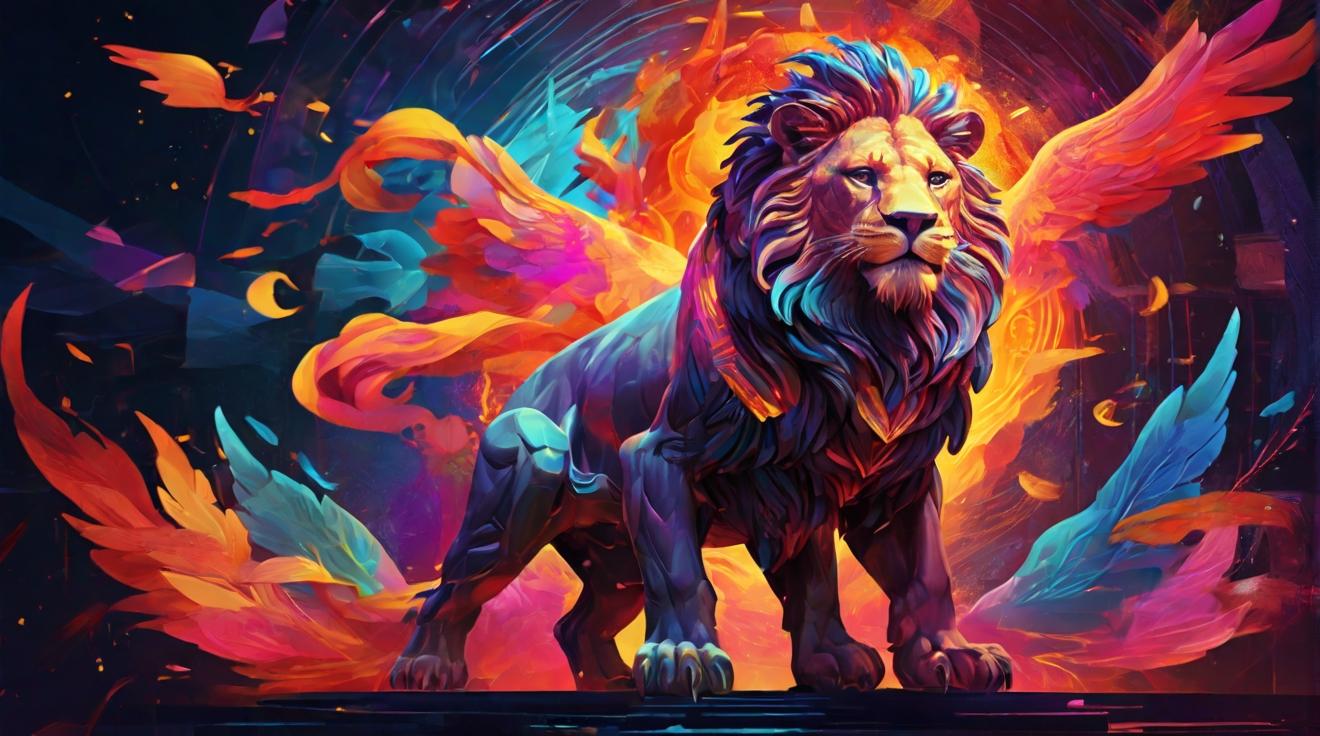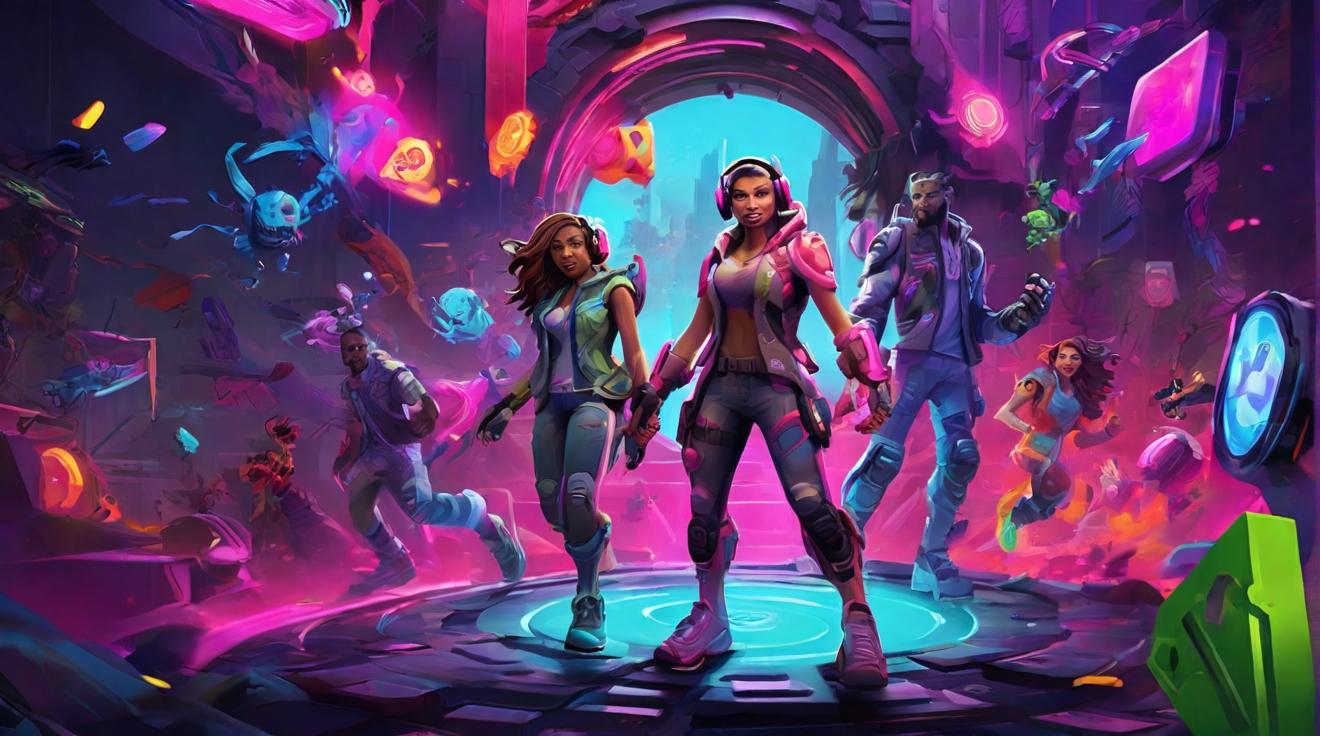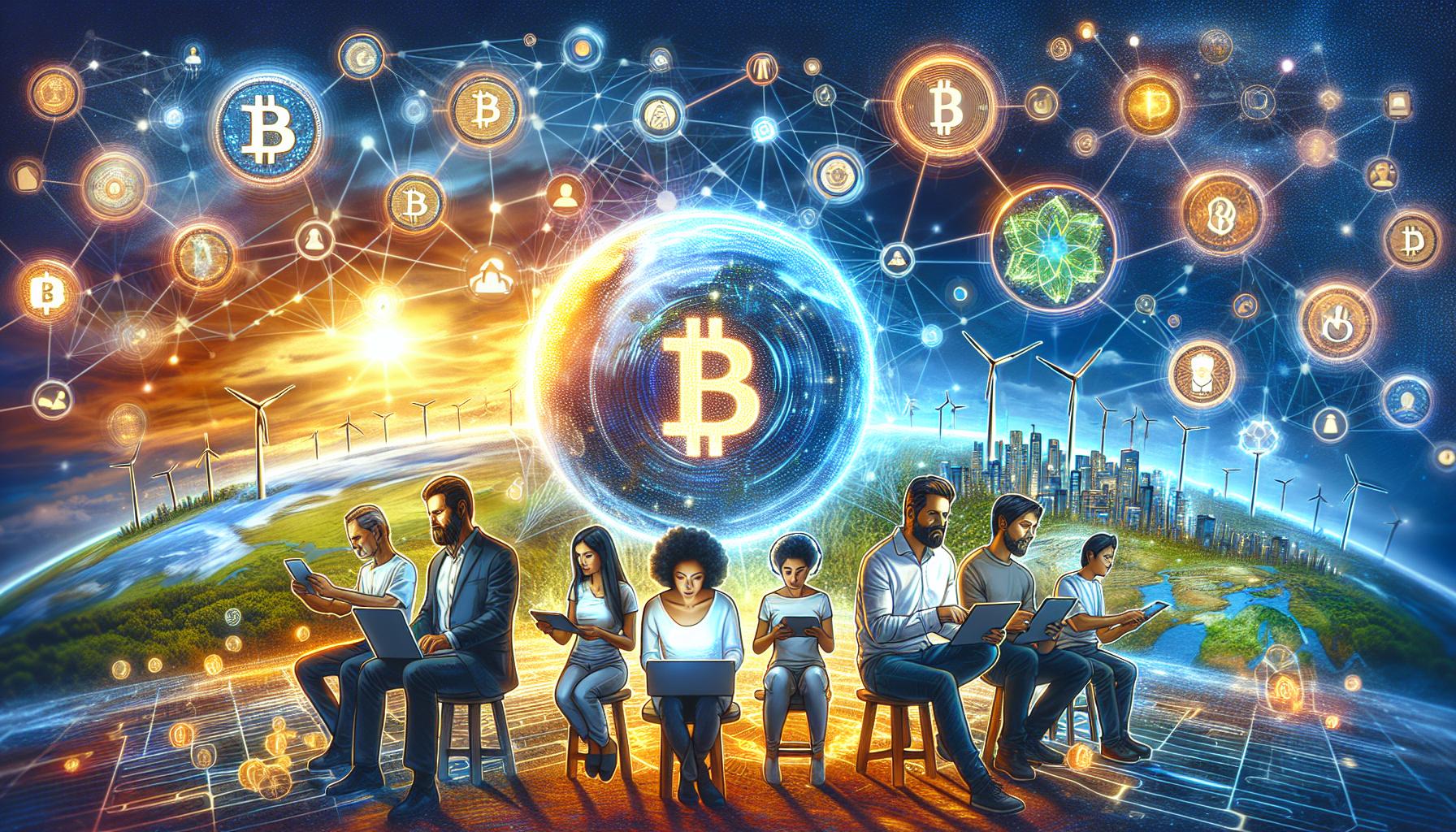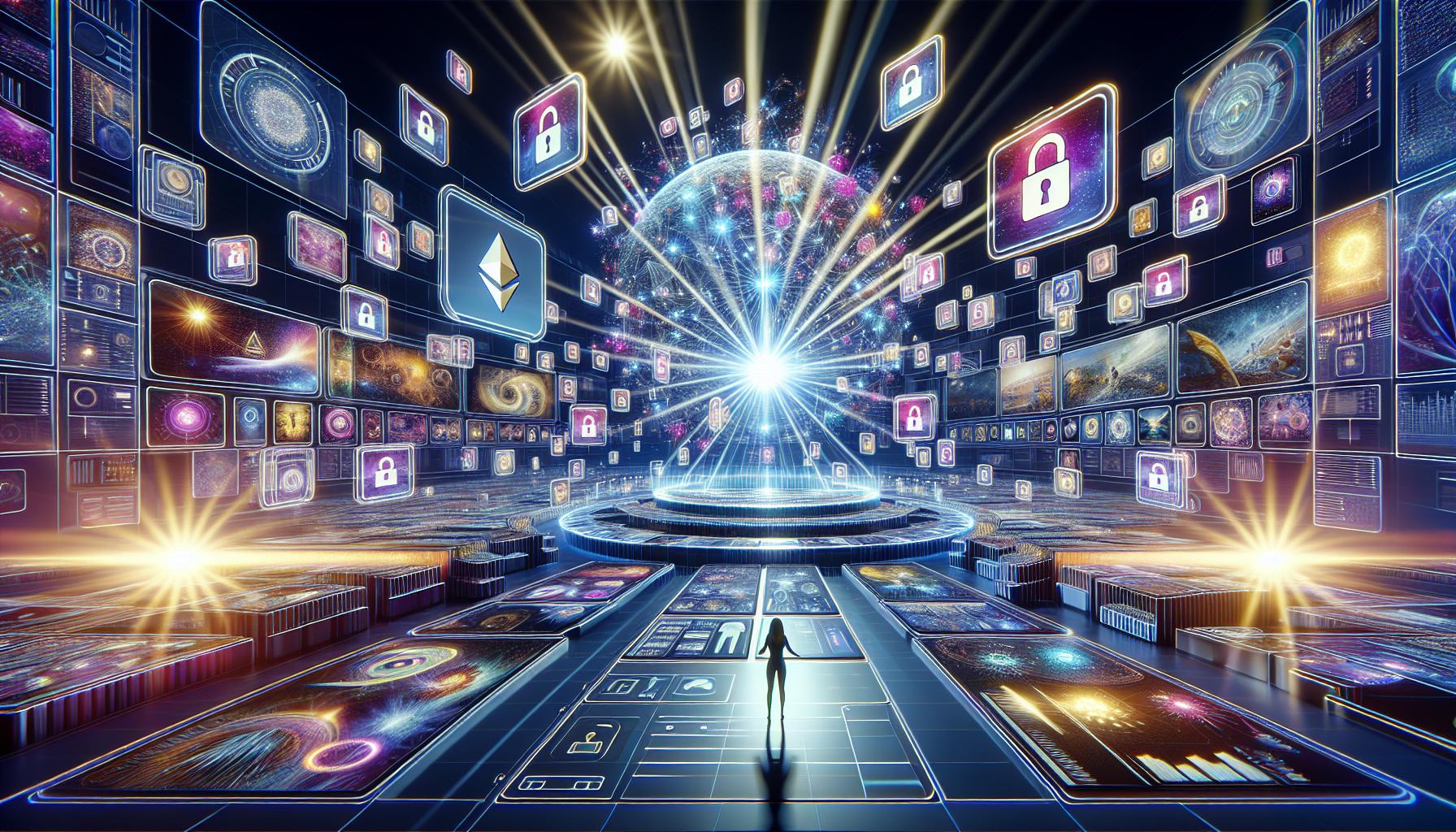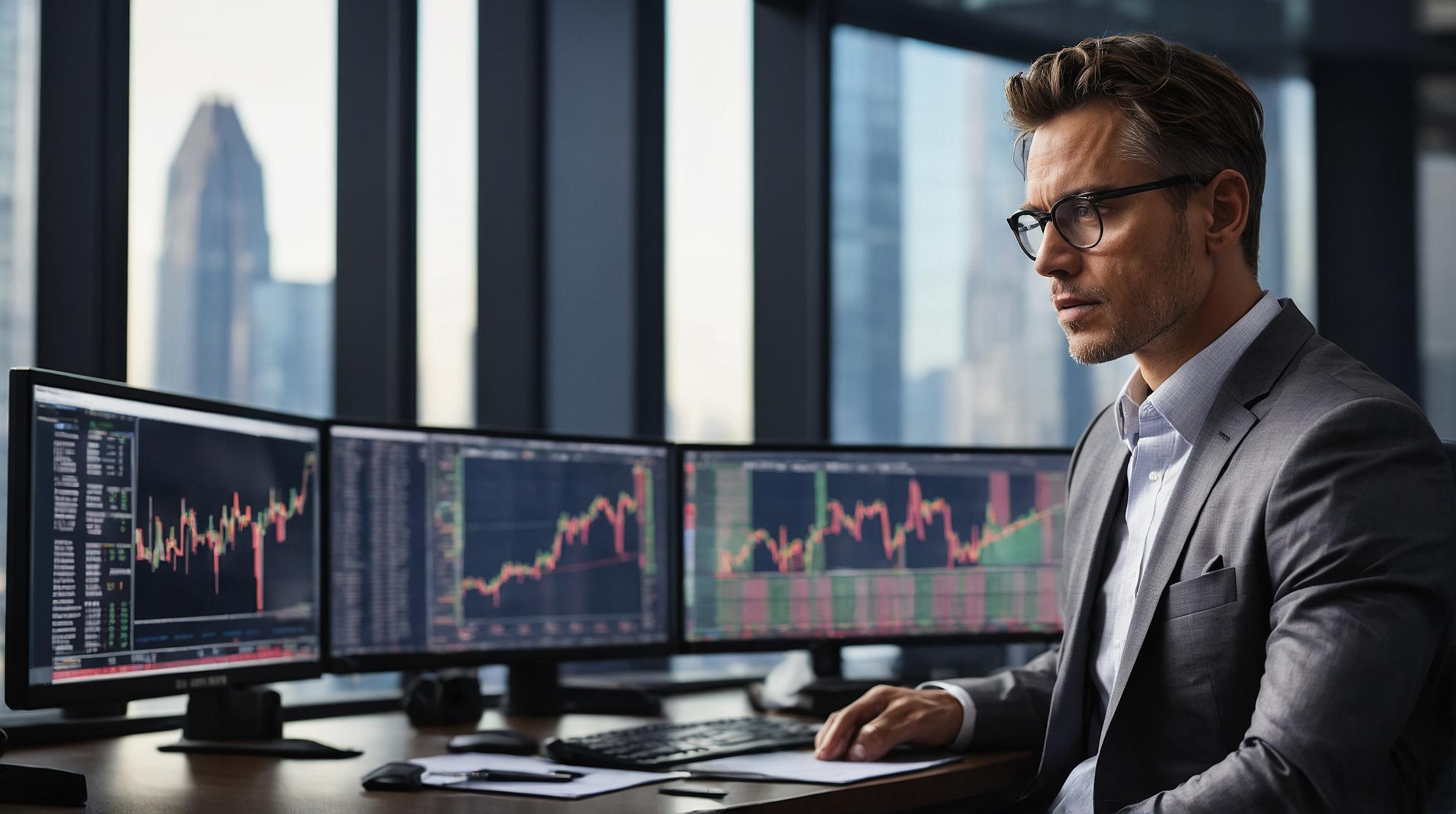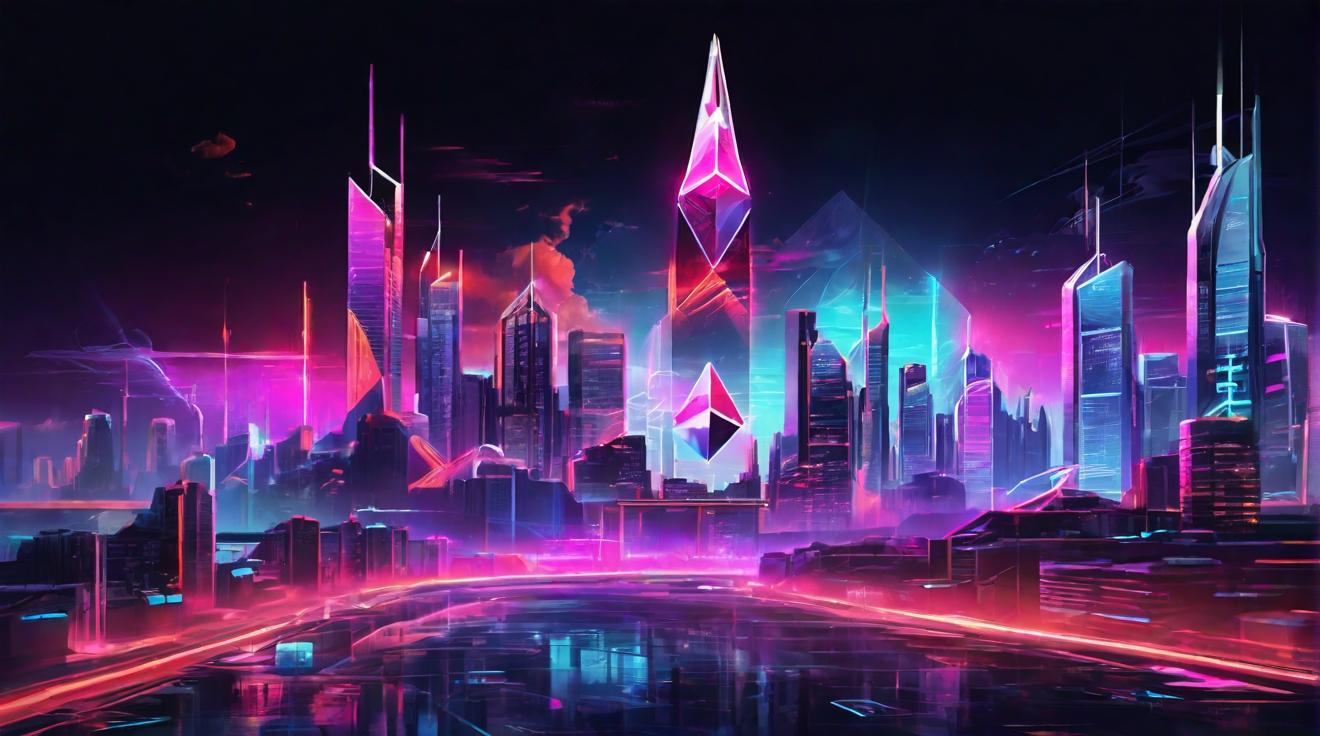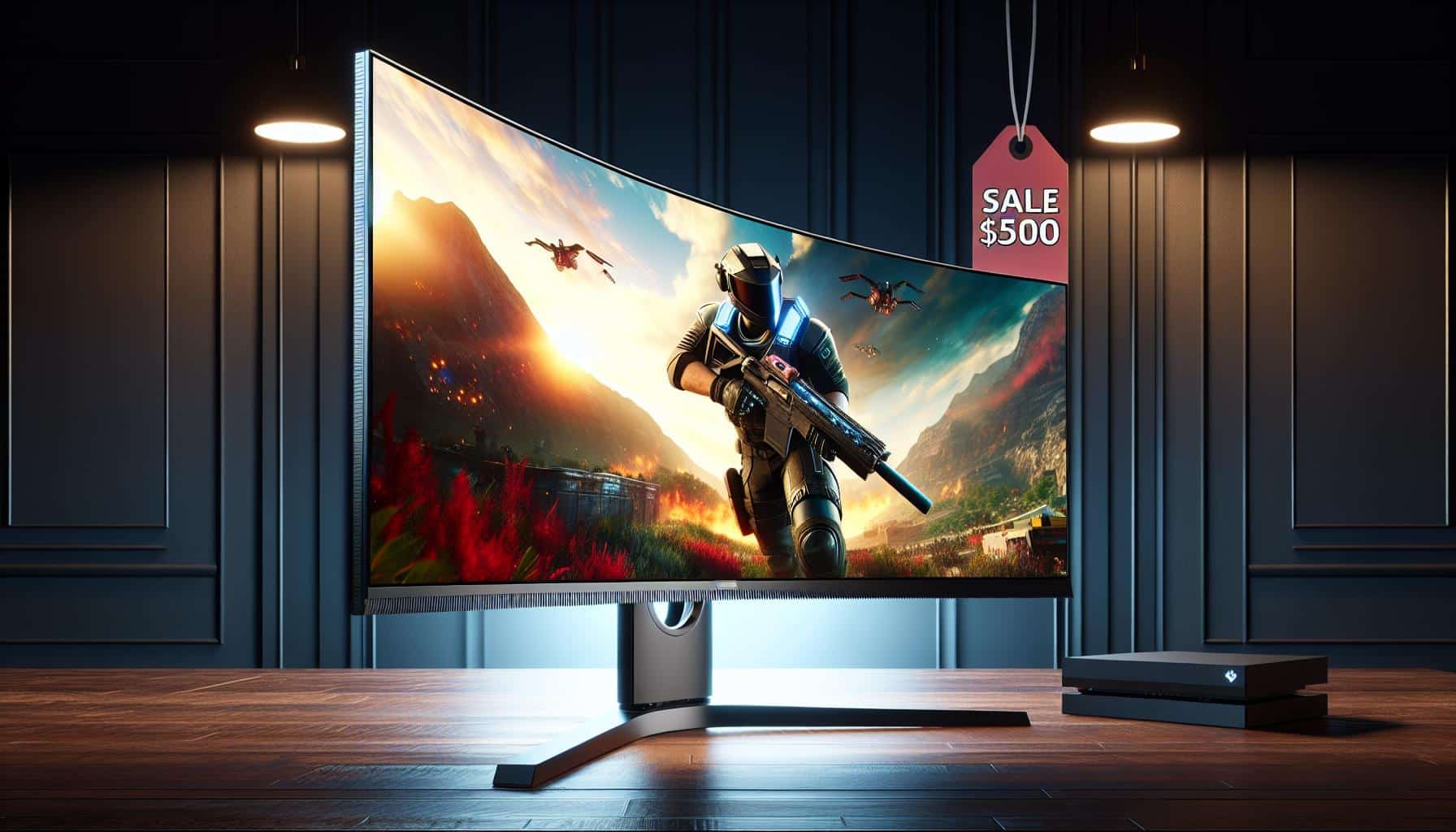Understanding Digital Twins
A digital twin is essentially a digital clone of a real-world system. Imagine you have a model of your home on your computer that updates automatically with the latest data about its condition. Just like that, digital twins are used in industries to monitor and predict the behavior of systems, from factories to entire cities. They help in making informed decisions by allowing simulations and testing of different scenarios.
The Role of Virtual Reality
Virtual Reality (VR), Augmented Reality (AR), and their relatives like Mixed Reality (MR) and Extended Reality (XR) are game-changers for remote collaboration. Think of VR as being in a 3D video game where you can explore and interact with objects as if you were physically present. For example, designing a new car can be as immersive as walking around it, changing its parts, and seeing how it looks on a real or virtual street.
Practical Applications in Industry
Take the example of Porsche's factory in Stuttgart, Germany. They used digital twins to create a model of their factory, allowing them to make real-time adjustments for efficiency. Similarly, Winniio in Sweden uses digital twins for optimizing heating in buildings, reducing energy consumption and carbon emissions.
Benefits of XR in Digital Twins
The combination of XR and digital twins is being used to solve more complex problems. For instance, a team at the University of Leeds created simulations using VR that include tactile feedback, helping users 'feel' virtual objects. This approach is being applied to design immersive experiences in museums.
The Future of Digital Twins
Digital twins and XR technologies are rapidly advancing. By 2025, 500 cities are expected to use digital twins for smarter urban management. The global market for digital twins could grow from $10 billion in 2023 to $110 billion by 2028, driven by the need for predictive maintenance and proactive problem-solving.
Conclusion
The integration of VR and digital twins in remote work environments is not just a trend but a transformative shift. As these technologies become more accessible, they promise to enhance productivity and innovation across industries. For businesses and professionals, understanding these tools will be crucial in navigating future challenges and opportunities.





